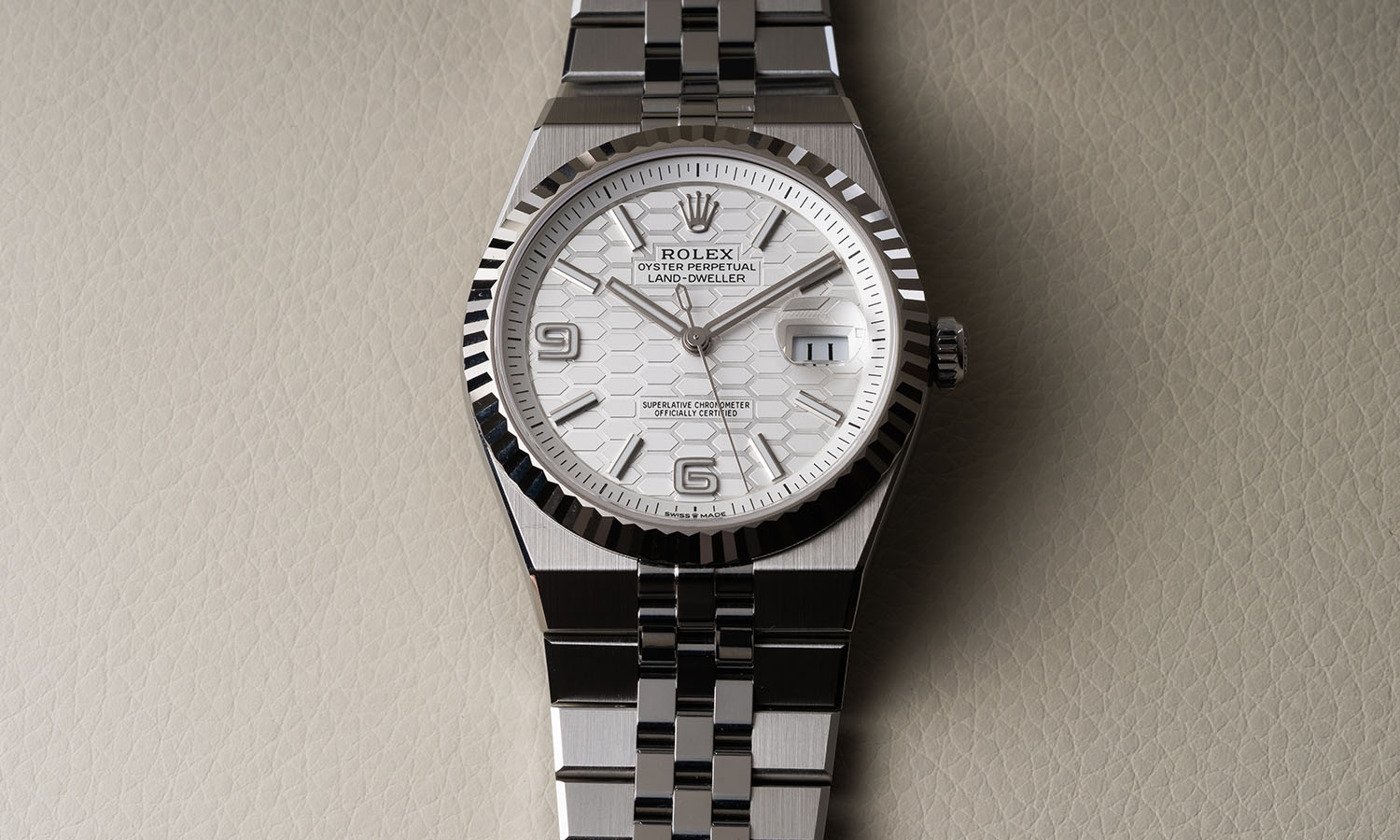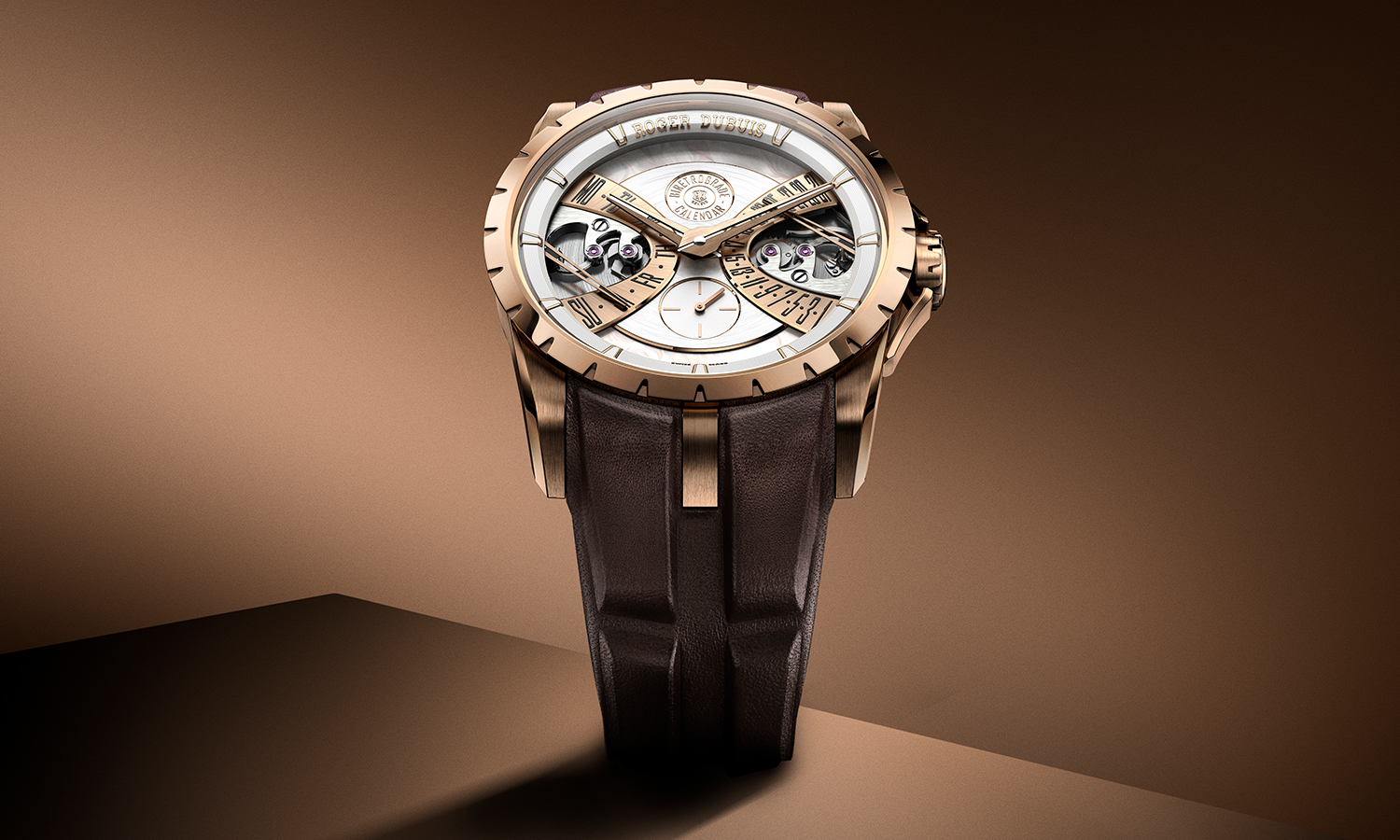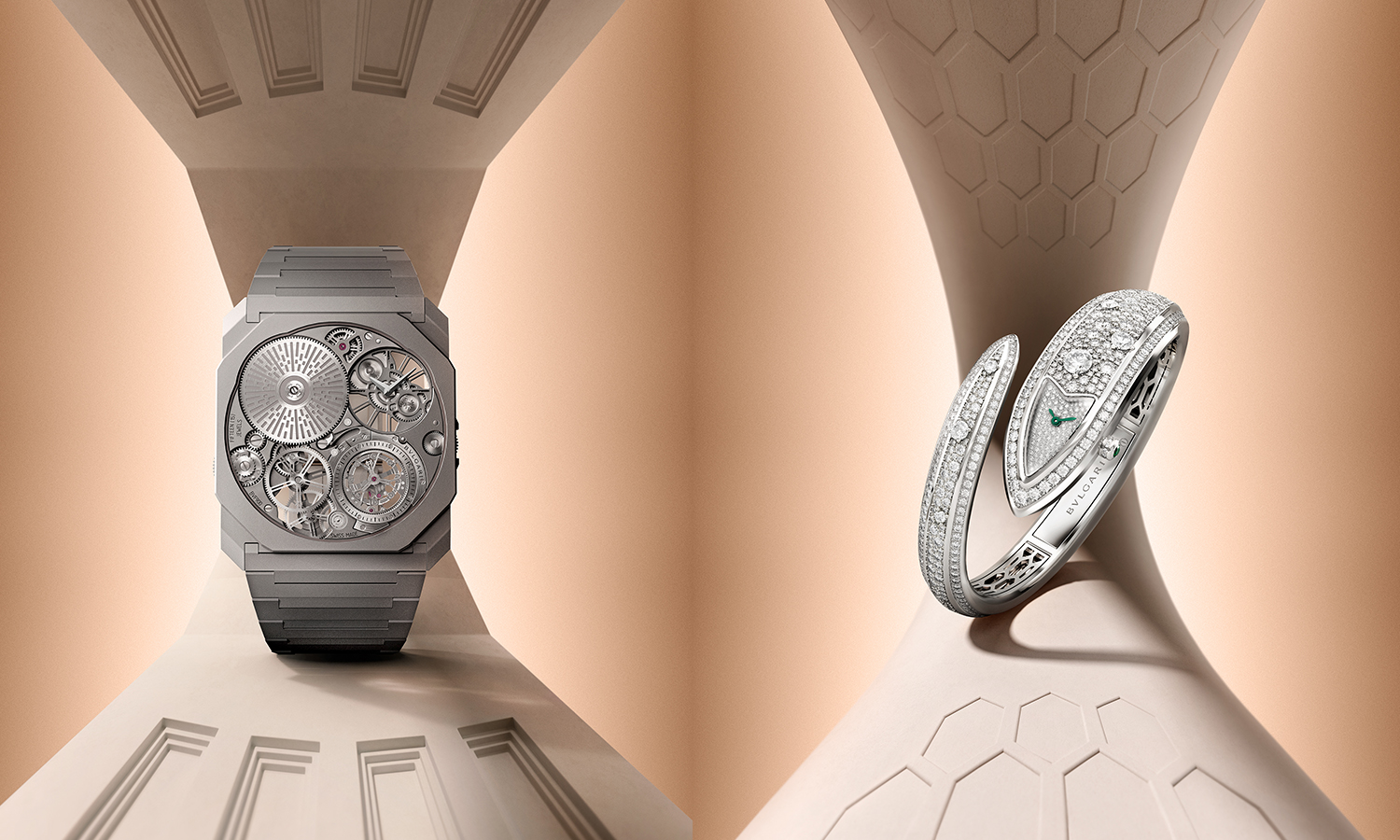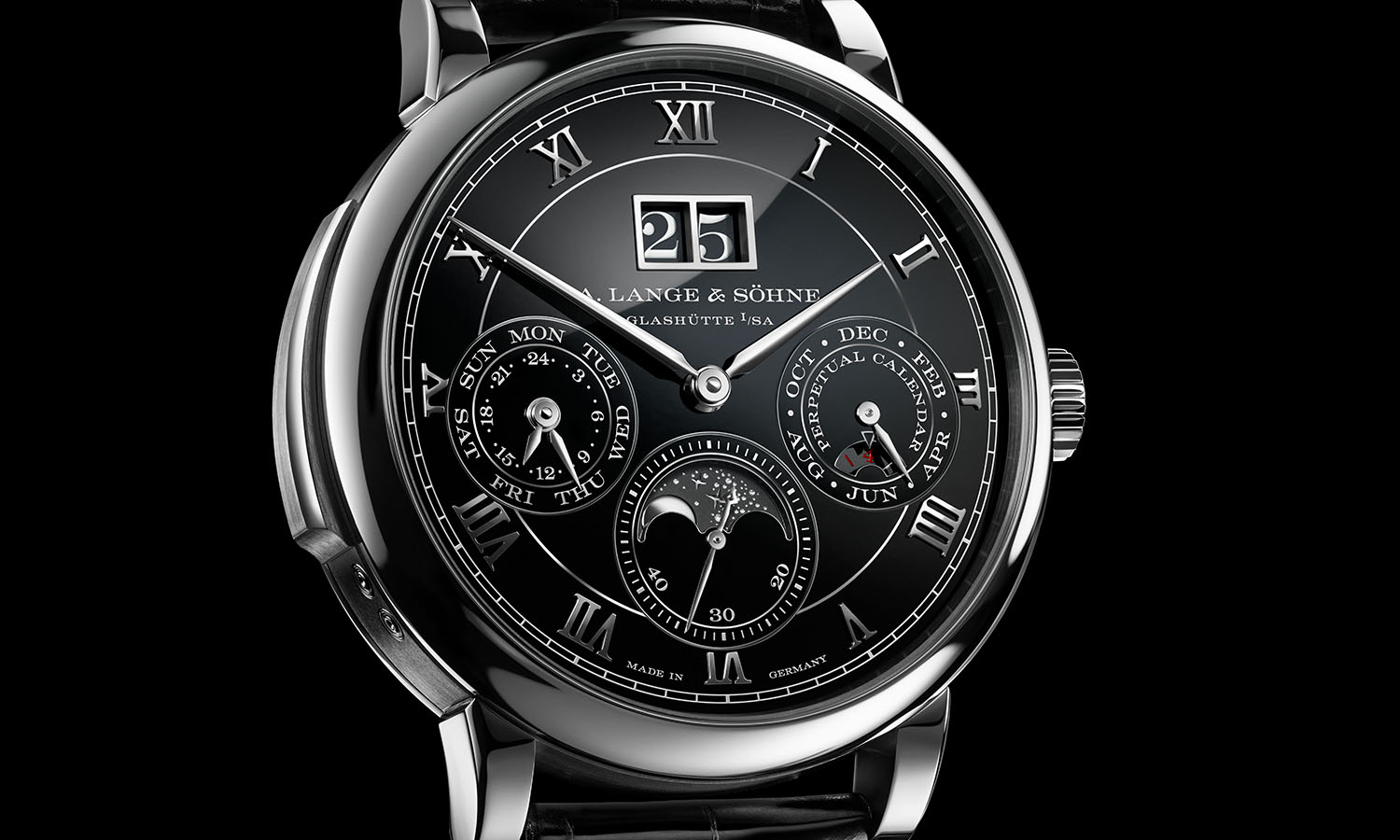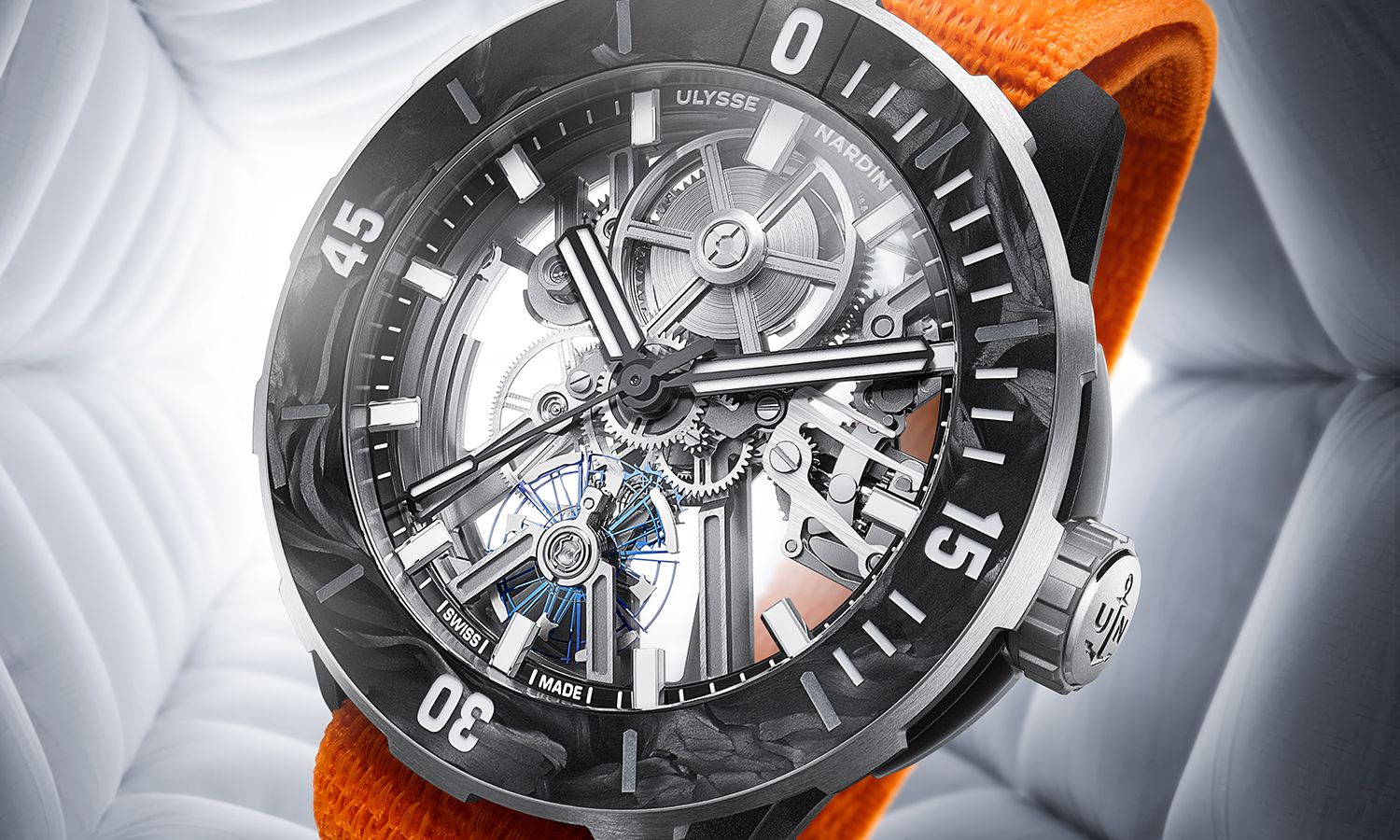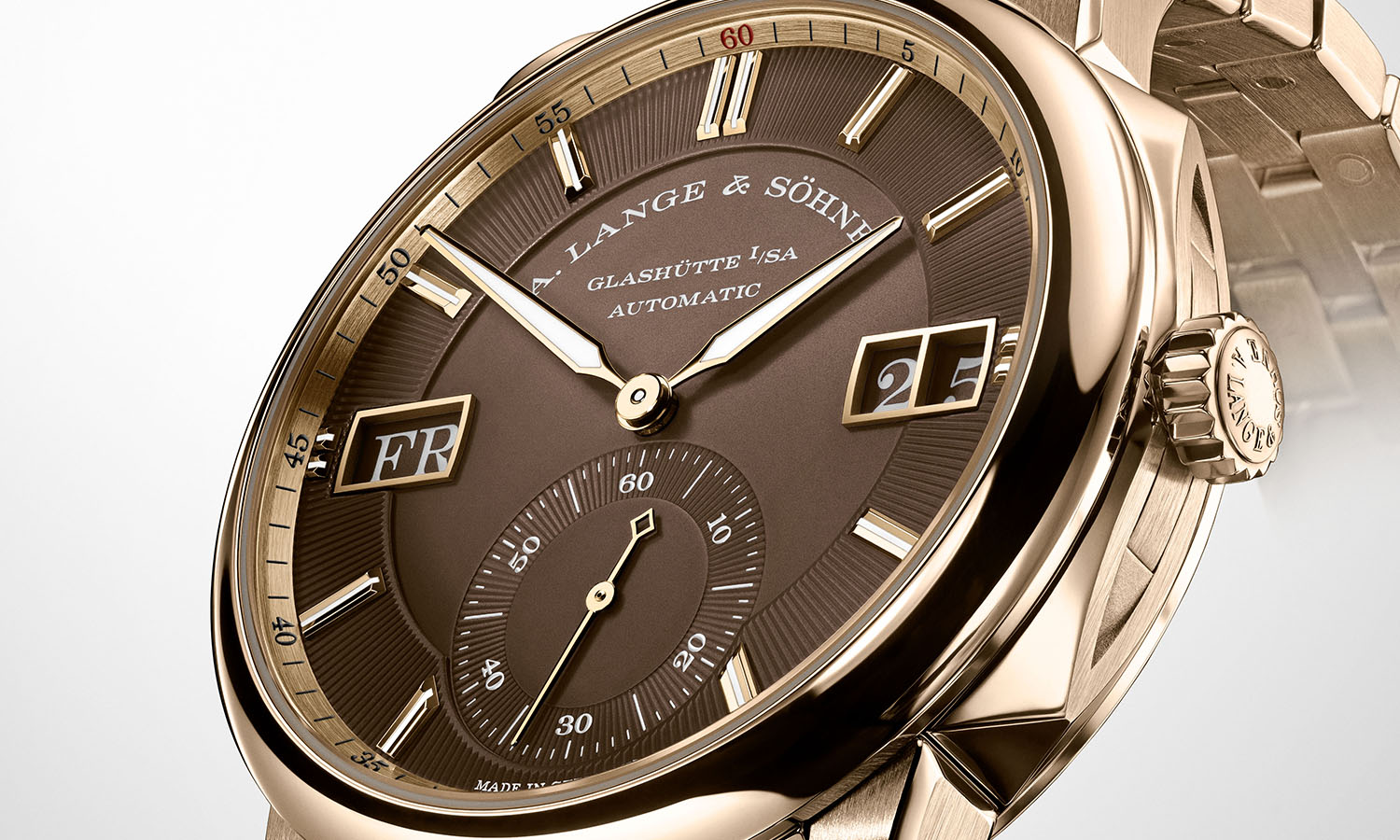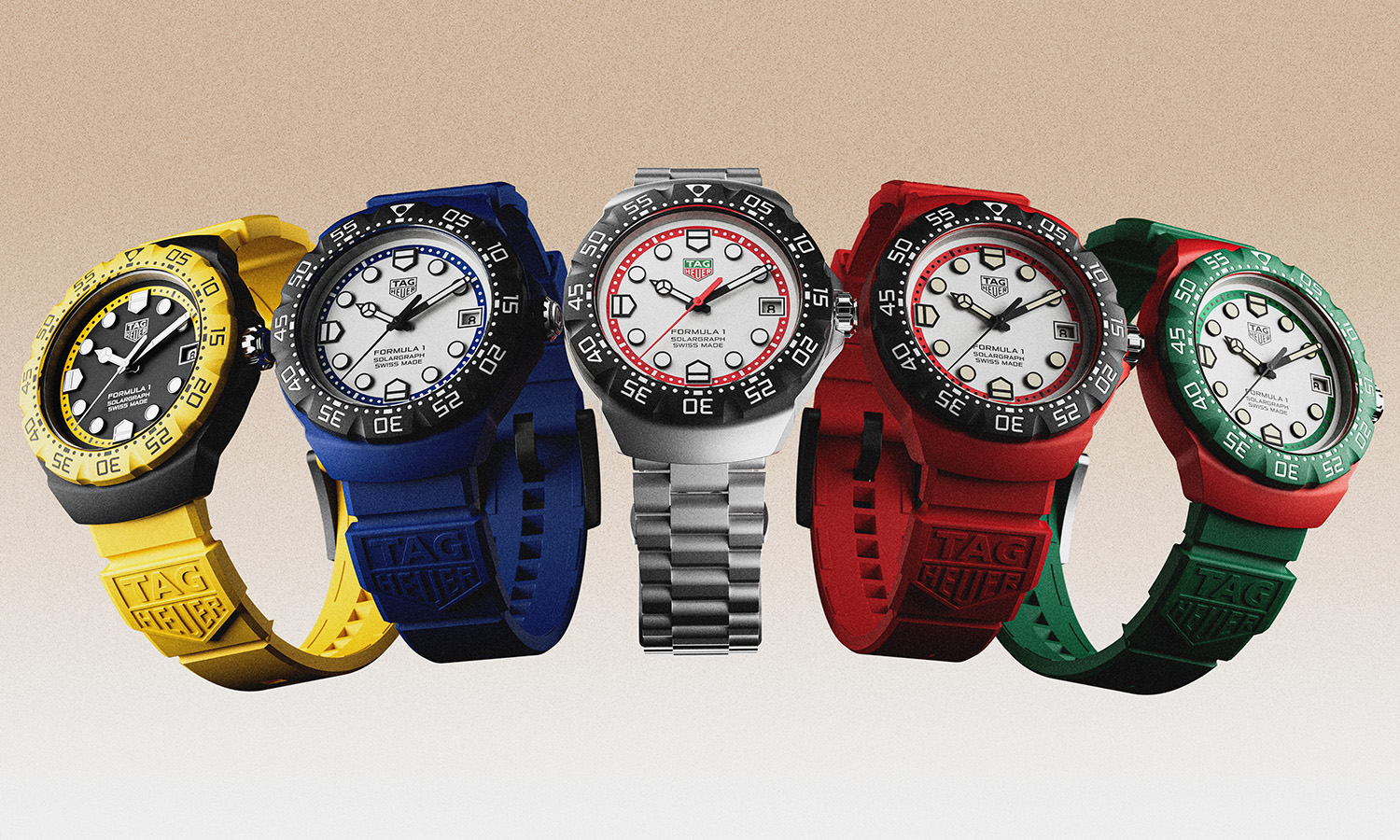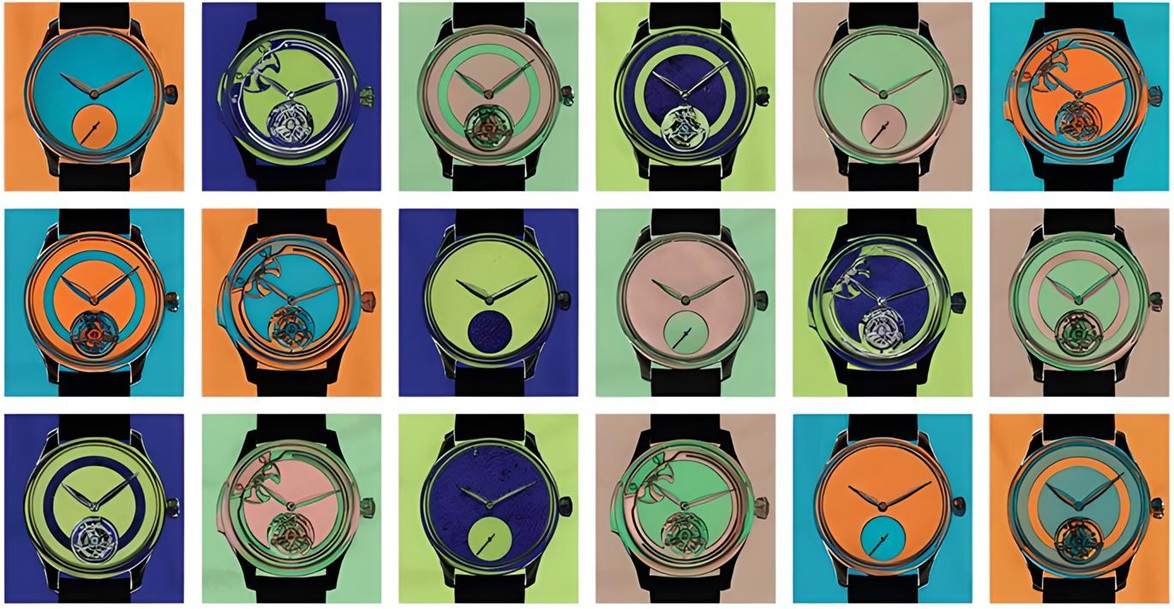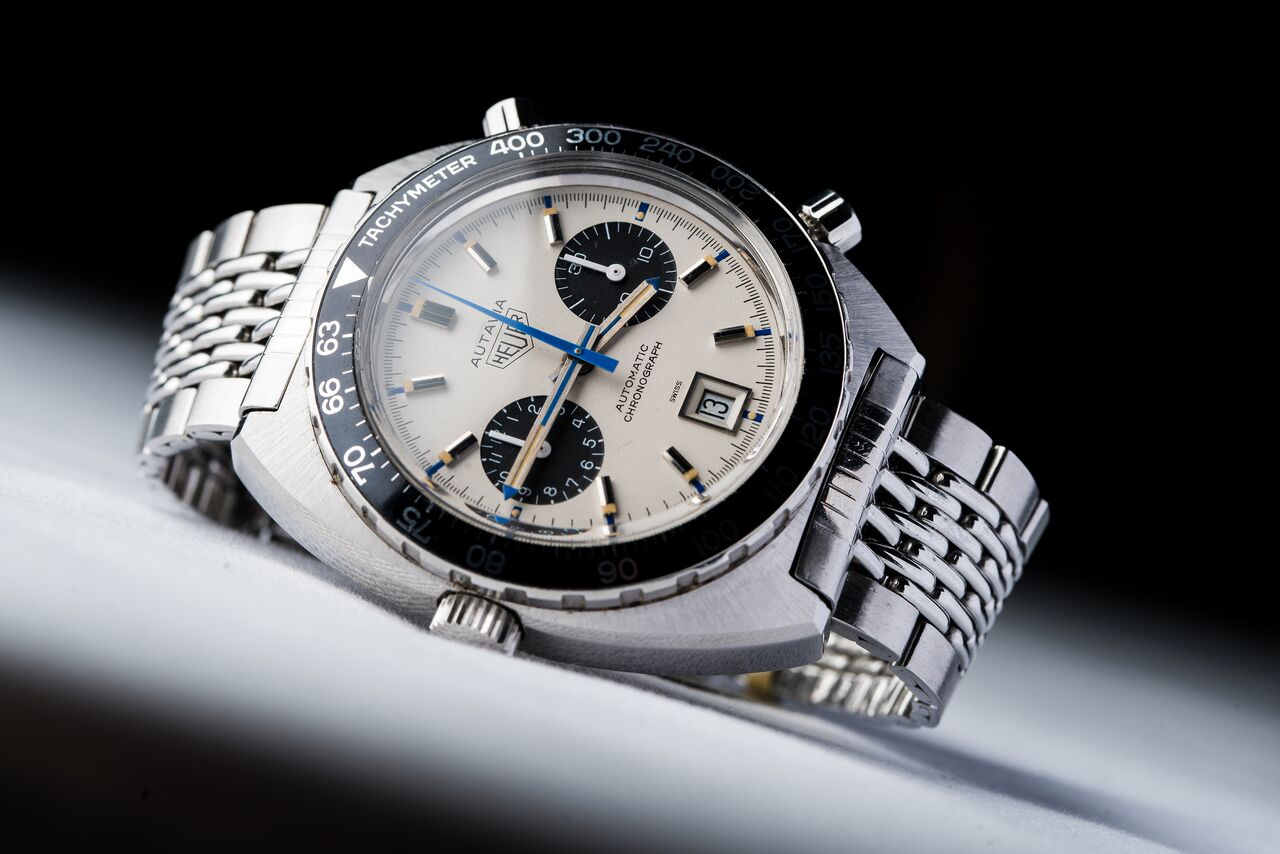
Throwback Thursday: Heuer Autavia “Jo Siffert”
TAG Heuer’s involvement into the world of racing, and especially Formula One racing, is something that dates back to the time when the company was still named only Heuer. One of the watches that had such a strong connection was the Autavia Reference 1163T Chronomatic.

It is one of the Heuer chronographs that has a nickname, in this case, “Jo Siffert,” named after the Swiss Formula 1 driver who wore one of these watches. This particular Autavia was also the very first reference of the model that featured an automatic movement and was launched in March 1969.
This particular version is one of the later models, dating from 1971, and evident because the hour counter of the chronograph features all the numbers instead of the 3-6-9-12 numeral indication of the earlier dials. Even for a time when (watch) design sometimes traveled into the extremes, this Autavia is very expressive, and legible. The white dial, which turned into a lovely cream color on this watch, and the black subdials offer a nice contrast while the blue chronograph seconds hand was a stroke of genius and added some color. Remarkable is also the bezel, which features a tachymeter scale with rather large numerals.
The same can be said of the crown on the left side and the chronograph pushers on the right side, which was typical for the caliber 12 movements that were found inside this Autavia. It is the predecessor of the Caliber 11, which Heuer developed together with Breitling, and which was one of the very first automatic chronograph movements in the world. The Caliber 12 included many improvements, which as the most noticeable the increased rate of the movement, which was upgraded from 19.800 vibrations per hour in the Caliber 11 to 21.600 vibrations per hour in the Caliber 12 that can be found in this Autavia.
Even after almost half a century is the Autavia “Jo Siffert” still a very sportive and attractive chronograph. It is also a fitting tribute to a talented race car driver that unfortunately lost his life in an accident at Brand’s Hatch, in the same year as this particular Autavia was made.
 SIGN UP
SIGN UP




